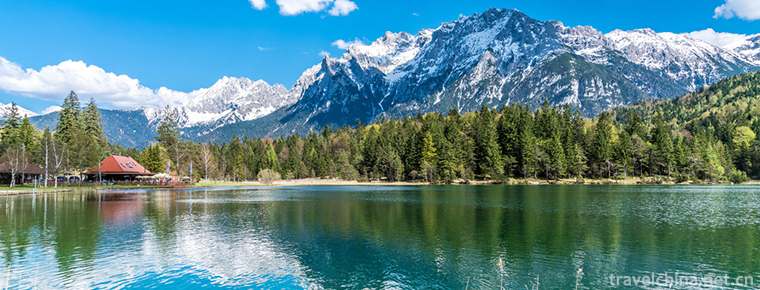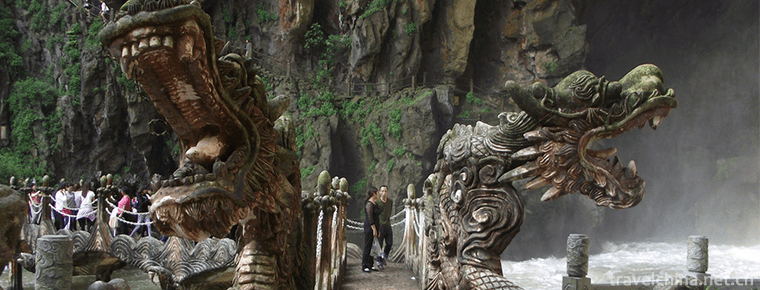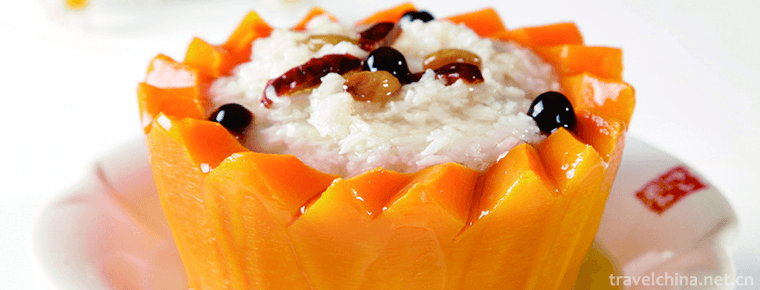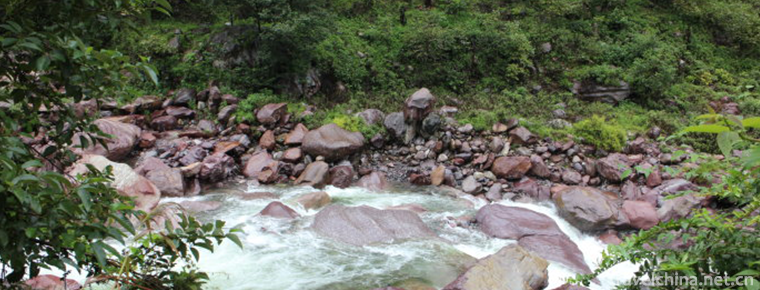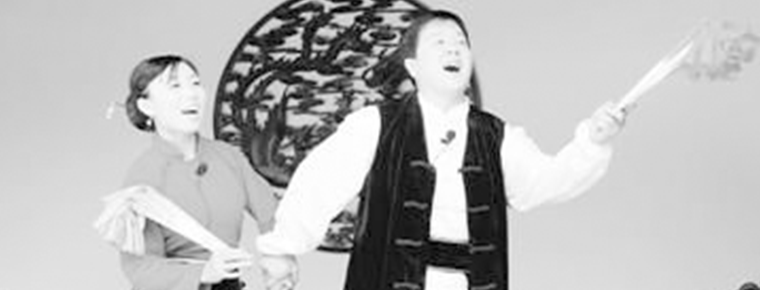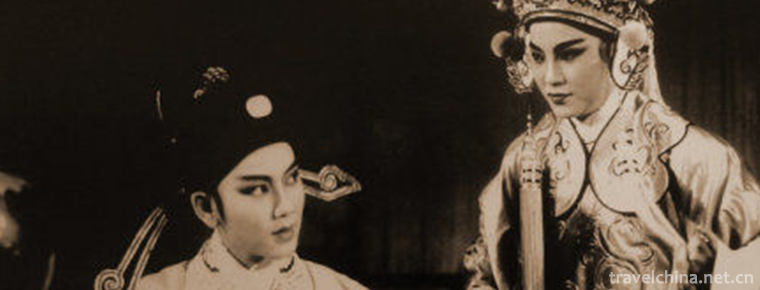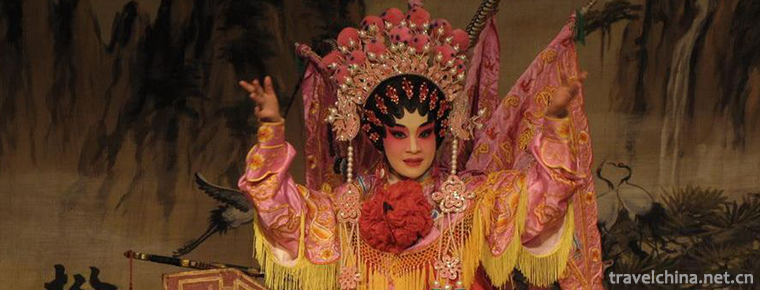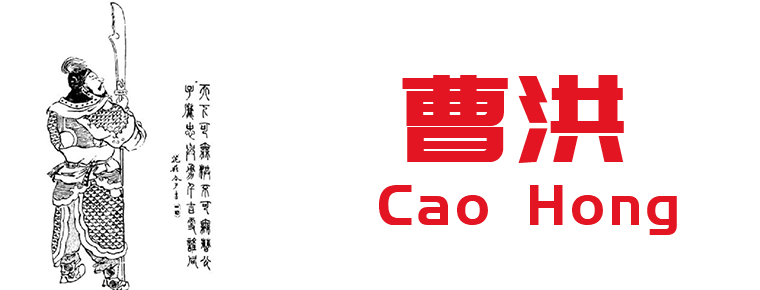Summer Palace
The Summer Palace, the imperial garden of the Qing Dynasty in China, is located in the western suburbs of Beijing, 15 kilometers away from the city, covering an area of 290 hectares, adjacent to the Yuanmingyuan Garden. It is a large-scale landscape garden based on Kunming Lake and Longevity Hill, Hangzhou West Lake as the blueprint, drawing on the design techniques of Jiangnan gardens. It is also the most complete imperial palace, known as the "Royal Garden Museum" and a national key tourist attraction.
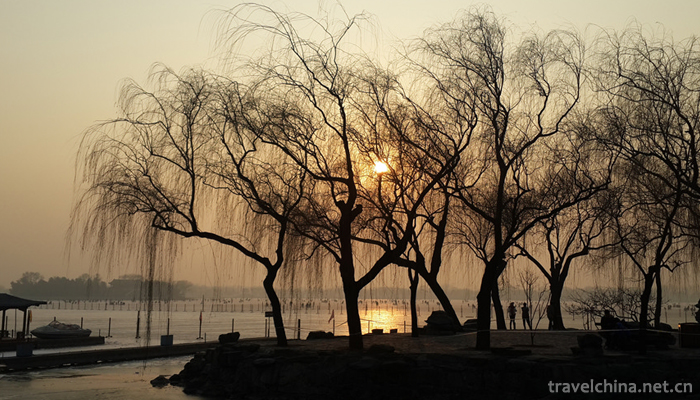
Before the reign of Emperor Qianlong in the Qing Dynasty, four large royal gardens were built in the western suburbs of Beijing. In the fifteenth year of Qianlong (1750), Emperor Qianlong used 4.48 million silver to rebuild the Qingyi Garden for the honor of his mother, Xiaosheng Empress, and formed a 20-kilometer-long imperial garden area from Qinghua Garden to Xiangshan. In the ten year of Xianfeng (1860), Qingyi Garden was destroyed by the British and French coalition forces. Guangxu fourteen years (1888) reconstruction, renamed the Summer Palace, as summer resort. In the 26th year of Guangxu (1900), the Summer Palace was destroyed by the Eight-Power Coalition Army, and the treasures were looted. After the destruction of the Qing Dynasty, the the Summer Palace was destroyed again during the warlords' War and Kuomintang rule.
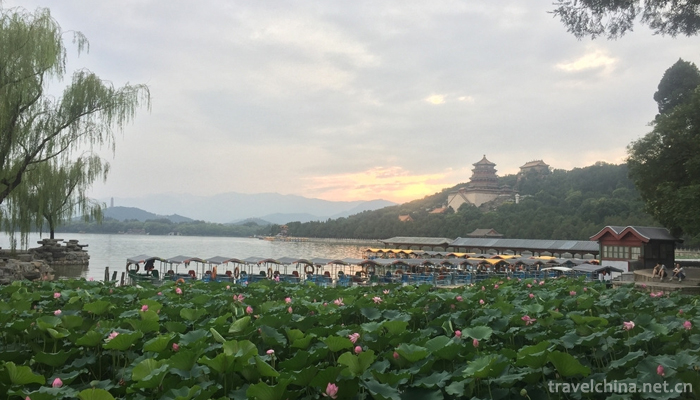
On March 4, 1961, the Summer Palace was promulgated as the first batch of national key cultural relics protection units, together with Chengde Summer Resort, Zhuozheng Garden and Liuyuan, known as China's four famous gardens. In November 1998, the Summer Palace was listed in the World Heritage List. In May 8, 2007, the Summer Palace was officially approved by the National Tourism Administration as a national 5A tourist attraction. In 2009, the Summer Palace was selected as the largest existing imperial garden in China by the world record association of China. The park will stop selling tickets after September 28, 2018 when the park is full.
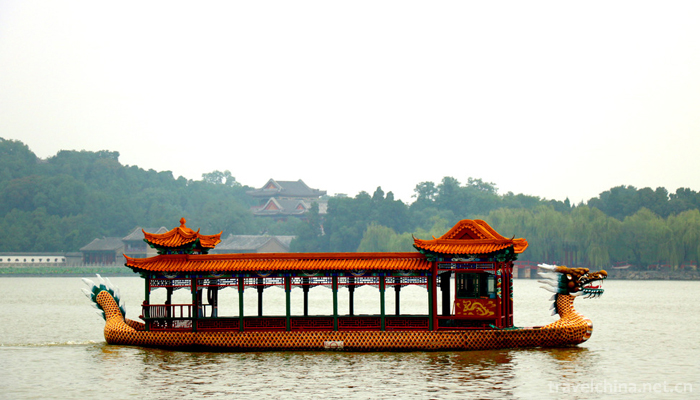
More pic
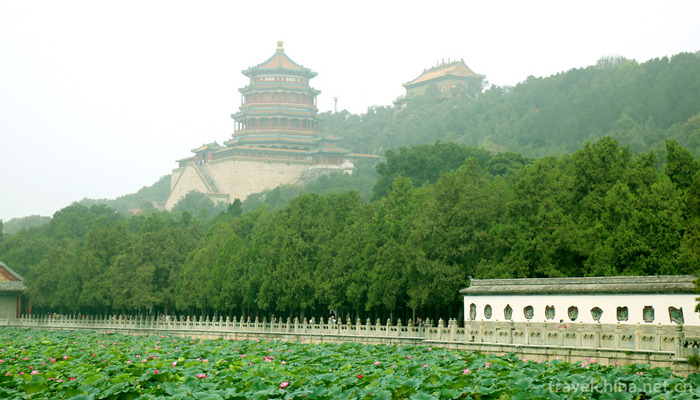
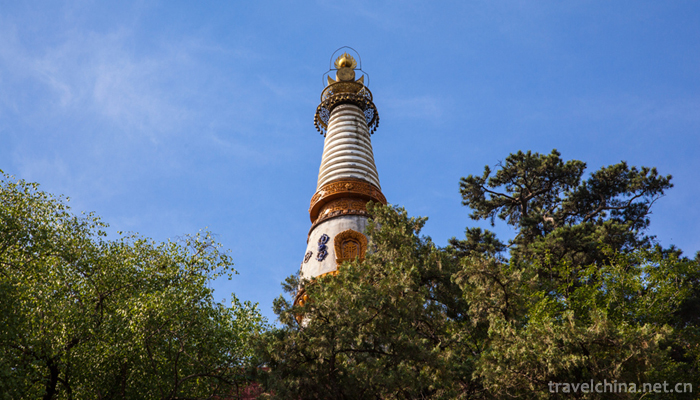

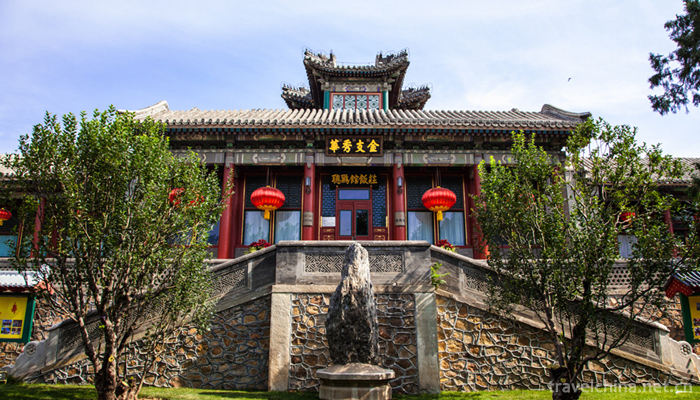
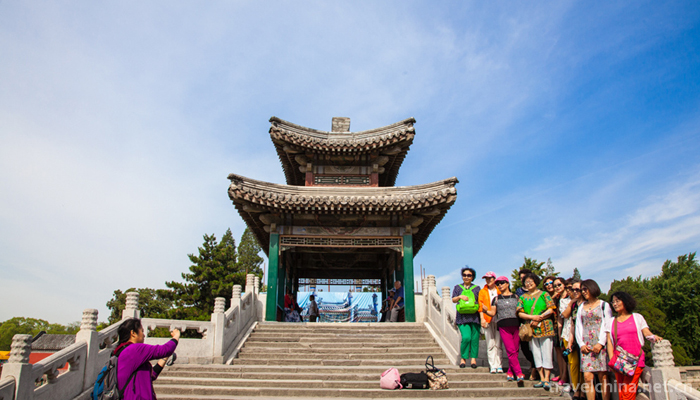
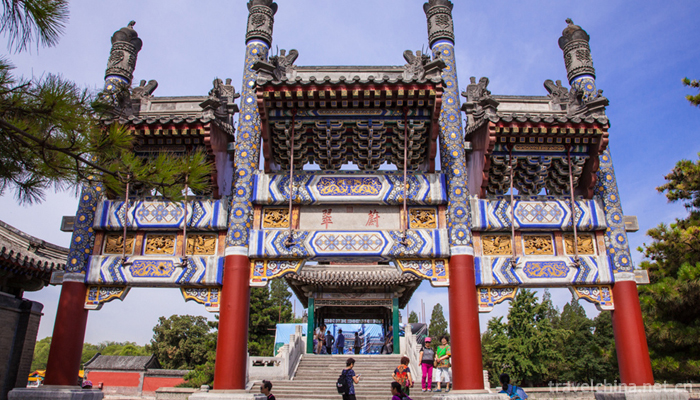
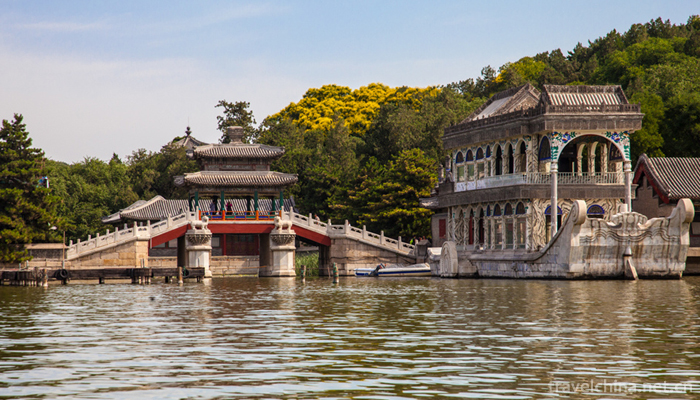
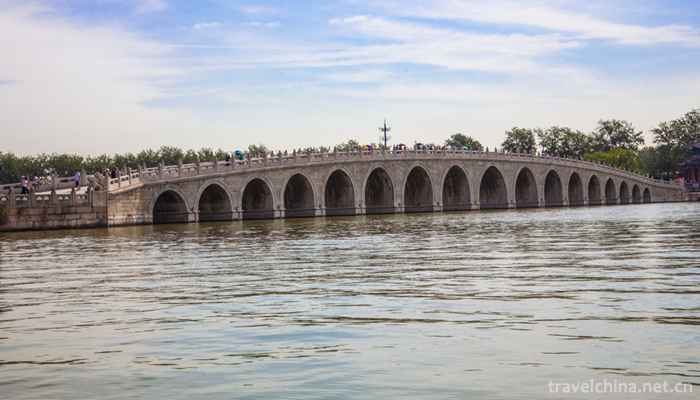
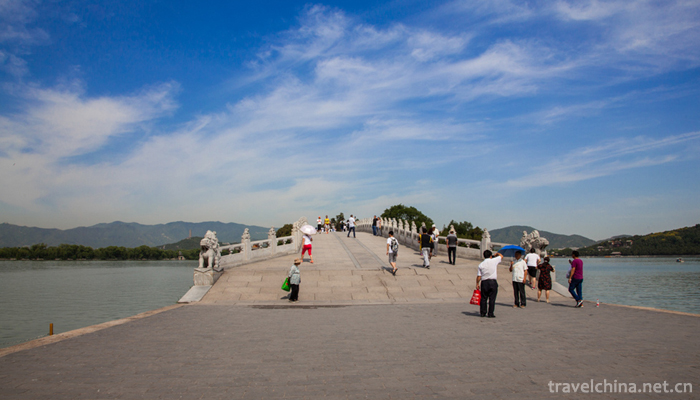
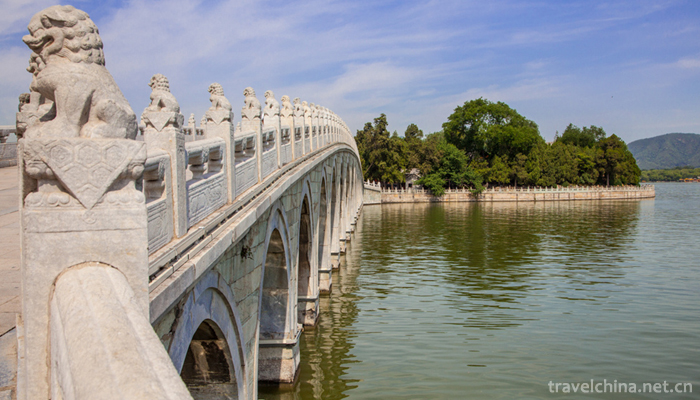
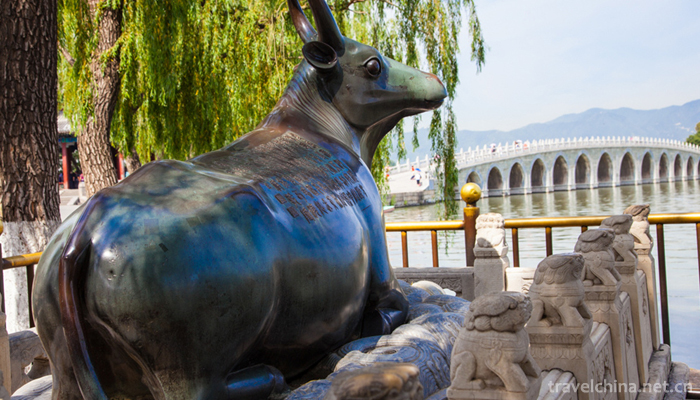
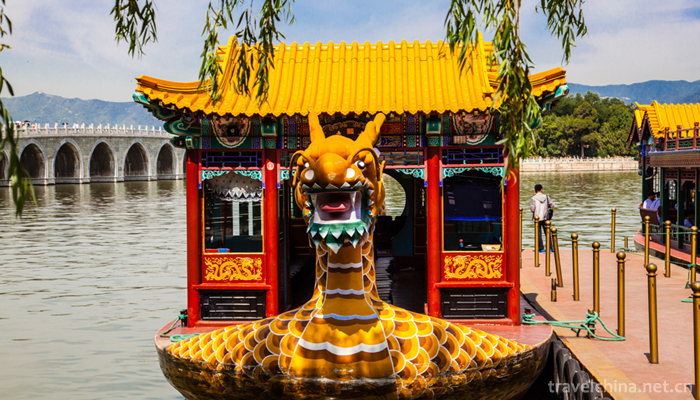
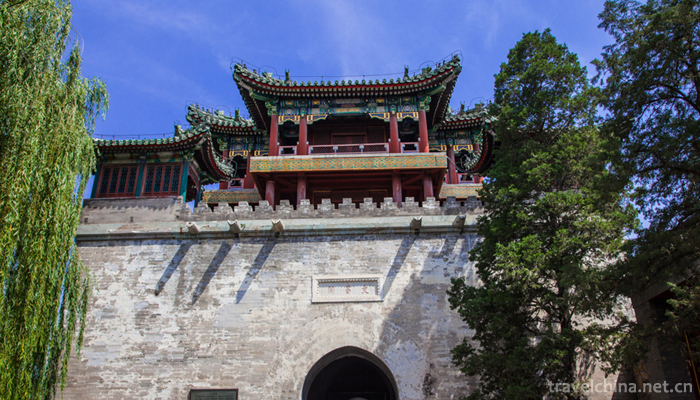
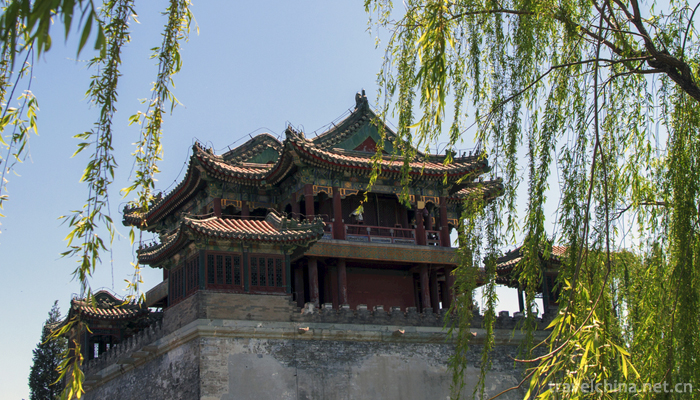

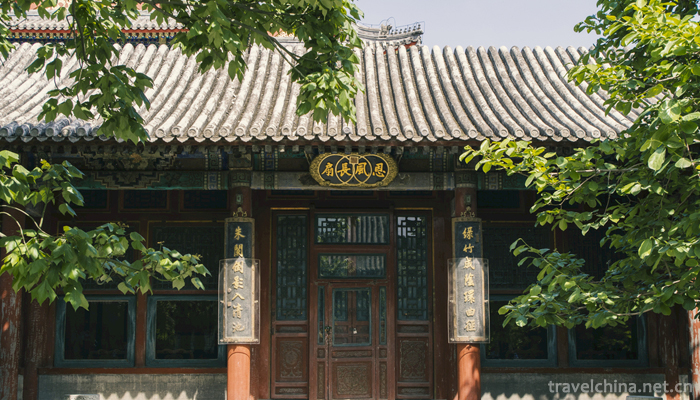
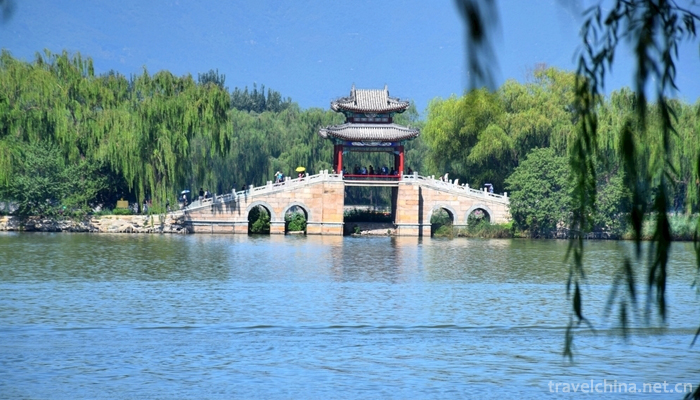
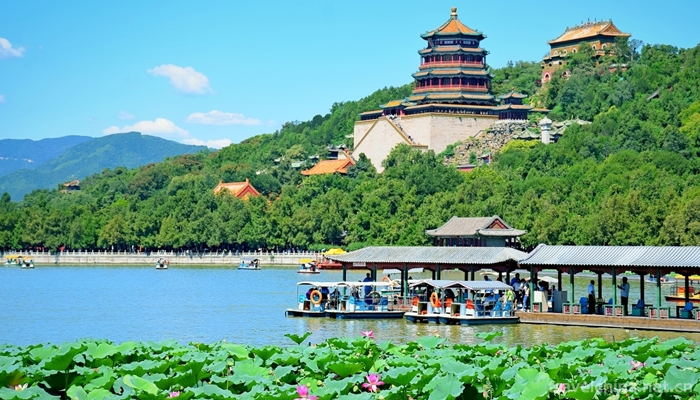
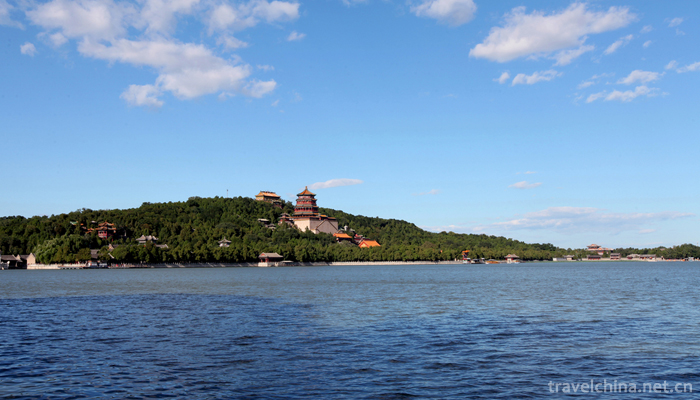
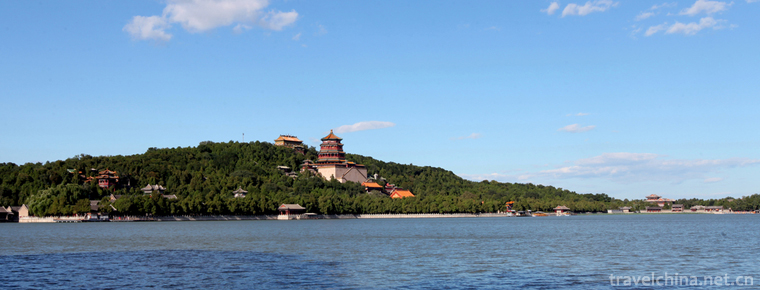
Summer Palace
-
Yibin burning Noodles
The Yibin burning Noodles is one of the most distinctive traditional snacks in Yibin
Views: 426 Time 2018-10-12 -
Changbai Mountains
Changbai Mountains are the birthplace of the Yalu River, Songhua River and Tumen river. It is the birthplace of Chinese Manchu and the sacred mountain of Manchu culture
Views: 236 Time 2018-10-30 -
Longgong Scenic Area of Anshun City
Located in the southern suburb of Anshun City, Longgong Palace is adjacent to Huangguoshu Scenic Area and 116 kilometers away from Guiyang City, the provincial capital.
Views: 151 Time 2018-12-12 -
Eight Delicacies Rice
The traditional name of Ningbo is Laba Festival Food. It is made from raw materials such as glutinous rice, bean paste, jujube paste, preserved fruit, lotus seed, rice kernel, longan, sugar and pig fa
Views: 181 Time 2019-03-25 -
Legend of Biashla
Biashraze, also known as Ashraze, is the most representative Bimo Master of the Yi nationality. The legend of Ashraze has become divine through oral transmission and artistic processing of language
Views: 150 Time 2019-04-04 -
Handmade Paper Making Skills of Dai and Naxi Nationalities
Dai and Naxi hand-made paper-making skills, Yunnan Lincang City, Shangri-la County, local traditional handicraft, one of the national intangible cultural heritage.
Views: 161 Time 2019-04-24 -
Xinyang Folk Songs
Xinyang Folk Song is the traditional folk music of Xinyang City. Xinyang City, known as the hometown of song and dance in Henan Province, has a rich stock of traditional folk music, dance and other tr
Views: 324 Time 2019-07-06 -
Shaoxing opera
Vietnam Opera is the second largest opera in China, known as the second national opera, also known as the "most widely circulated local opera". Some people think that it is the "largest
Views: 150 Time 2019-07-16 -
Cantonese opera Yuequ
Cantonese Opera is a popular Cantonese dialect area in Guangdong and Guangxi, and has spread to Hong Kong, Macao, Southeast Asia and the Americas where Cantonese overseas Chinese live. It is a variety
Views: 189 Time 2019-07-16 -
Congratulations
Congratulations, also eulogies, Mongolian folk literature form, China's national intangible cultural heritage. Praise is a traditional folk literature form of Mongolian nomadic people in northern Chin
Views: 227 Time 2019-08-10 -
Cao Hong
Cao Hong(? - two hundred and thirty two). Pei Guo Qiao (now Anhui) Bozhou People. Emperor Wei and Emperor Wei of the late Han Dynasty and the Three Kingdoms period Cao Cao From brother.
Views: 223 Time 2019-09-15 -
History of Deyang
In ancient times, it was a place of hundred PU. In the fifth year of King Shenliang of Zhou Dynasty (316 BC), that is, in the ninth year of gengyuan, King Huiwen of Qin Dynasty, Qin destroyed the two states of Bashu and established two prefectures of Bashu. Today, Deyang Prefecture belongs to Shu Prefecture. County under the county, County Pavilion.
Views: 138 Time 2020-12-14

